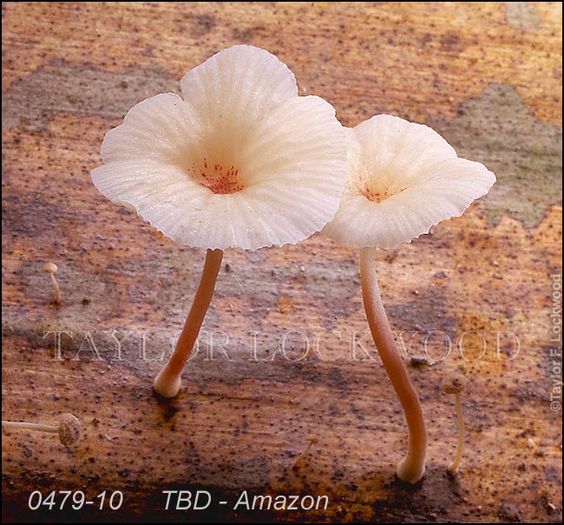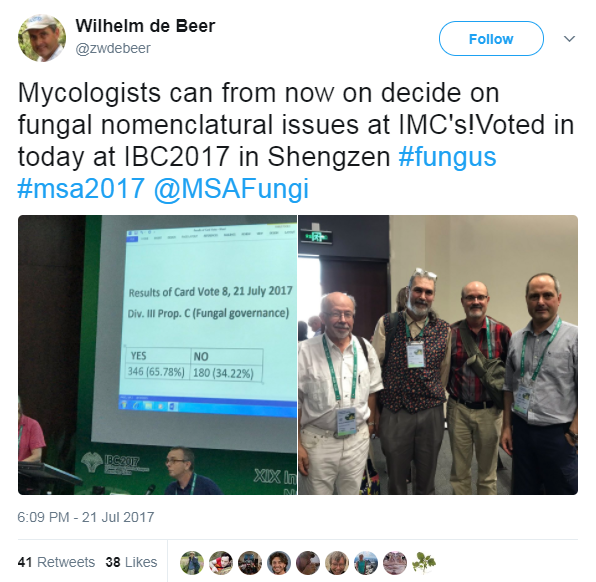Submitted by GAtherton on 24 July 2017
 To the Victorians fungi were a type of plant. They grew out of the ground like plants, had rudimentary root systems, had long stems and some species of mushroom looked very like flowers. Consequently fungi were studied as plants by botanists and this practice was established for hundreds of years before the Victorian age of science and engineering dawned.
To the Victorians fungi were a type of plant. They grew out of the ground like plants, had rudimentary root systems, had long stems and some species of mushroom looked very like flowers. Consequently fungi were studied as plants by botanists and this practice was established for hundreds of years before the Victorian age of science and engineering dawned.
By the early 1900’s scientists had learned enough about the many thousands of species of fungi to begin to realise that fungi were a huge and diverse group that had many differences compared with plants – e.g. they did not photosynthesis or even need light to grow, they had no defined system of vessels for transporting food and water up and down their stems or roots.
Fungi have been placed in their own taxonomic kingdom since 1938 when Copeland proposed a four kingdom system to describe and organise all of the living things on planet earth. This started the process of separated fungal classification from plants but it would take another 80 years for that separation to be finally completed!
In 1950 the International Association for Plant Taxonomy (IAPT) was founded and has become the organisation that controls taxonomy for all plants. Within the remit of the IAPT is a subgroup that controls the taxonomy of fungi – despite Copeland’s paper 12 years earlier (albeit 12 years dominated by world war). Consequently nothing could be decided about fungal taxonomy without full committee agreement at plant taxonomy meetings.
Fungal taxonomy has undergone a revolution over the last few decades, and whereas the classical papers identify species using physical features both micro-and macroscopic, new species are being defined using an array of sophisticated techniques using molecular and chemical markers. More differences are now being found than ever before and thus it is possible to identify many more species. In 1990 there were 70 000 defined fungal species, there are now over 5 million! The Aspergillus genus itself numbers around 1000 species (compared with 300 30 years ago) but the flow of new information has quickly revealed that significant reorganisation of the taxonomy of this genus and those species closely related to it is needed.
 The One fungus: One name movement is one aspect of that reorganisation (For the viewpoint of a plant pathologist click here), removing the historical practice of using more than one name for a fungal species!
The One fungus: One name movement is one aspect of that reorganisation (For the viewpoint of a plant pathologist click here), removing the historical practice of using more than one name for a fungal species!
Fungal taxonomy is now a huge, complex task undertaken by international groups such as the International Commission on the Taxonomy of Fungi (ICTF) and the afilliated NCF (Nomenclature Committee for Fungi). For the particularly complex and economically and medically important Aspergillus species there is the ICPA (International Commission on Penicillium and Aspergillus).
As we have mentioned all of these fungal organisations might be highly active and successful but they still had to attend meetings of botanists to implement their findings into the agreed international reference for fungal species, the International Code of Nomenclature for algae, fungi, and plants. That is they did do until July 21st 2017 when a resolution was passed at the XIX International Botanical Society in Shenzen, China agreeing that in future these decisions could be made at International Mycological Congress instead.
For the first time in centuries mycologists will make decisions about mycological taxonomy at their own meeting. An image of the historic vote at IBC2017 was taken and tweeted by mycologist Wilhelm de Beer and is copied below along with one or two happy colleagues.

News archives
-
Title
Date


